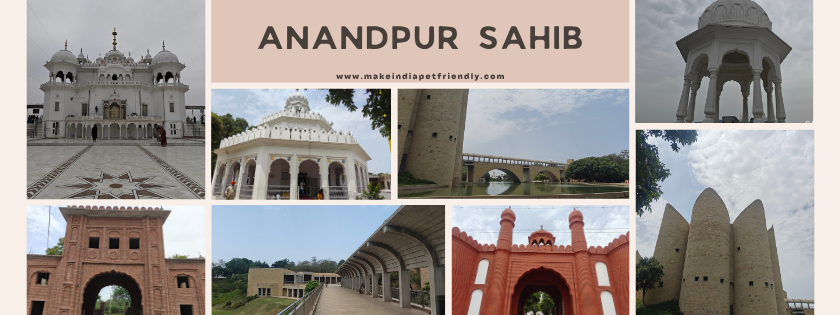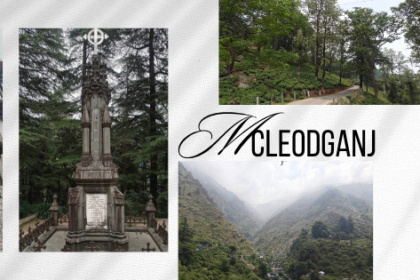To read the previous blog on Day 06: Pong Dam, Khatiyar, click here.
Day 07: Anandpur Sahib
The day started with an early morning breakfast at Hotel Temple View Inn, Anandpur Sahib. For a small historic town like Anandpur Sahib, this hotel is a convenient option for travelers looking to stay close to key attractions. The rooms are modest but clean and comfortable. What truly stands out is the warm hospitality—the staff, management, and owner are all exceptionally helpful and welcoming.
Centrally located, the hotel is just a short walk from several major gurdwaras, making it ideal for those exploring the spiritual and cultural heart of the city. While there’s no in-house restaurant, a functional kitchen and room service are available. The hotel also features an elevator and offers roadside parking. It is situated right across from Gurudwara Sis Ganj, adding to its convenience for visitors. This hotel is also loacted at a walking distance from Takhat Sri Kesgarh Sahib. After breakfast we went walking to visit Gurudwara Sisganj Sahib.
GURDWARA SISGANJ SAHIB
After the martyrdom of Guru Tegh Bahadur Sahib Ji (The Ninth Guru) in Delhi, Bhai Jaita Ji arrived at this holy place with sacred head of Guru ji, along with huge sangat via Gurdwara Bibangarh Sahib, Sri Kiratpur Sahib. Dasmesh Pita Guru Gobind Singh Ji cremated the head of his revered father here and sitting at the Gurdwara Sri Akal Bunga Sahib, he exhorted the sangat to follow the will of Akaal Purakh (Almighty), defenders of faith and fight against oppression.
When Guru Gobind Singh Ji left Sri Anandpur Sahib in the middle of the night of 6th and 7th Poh, Samvat 1761 A.D., Guru Sahib appointed Bhai Gurbaksh Rai as care taker, giving him the responsibility of maintaining this holy place.
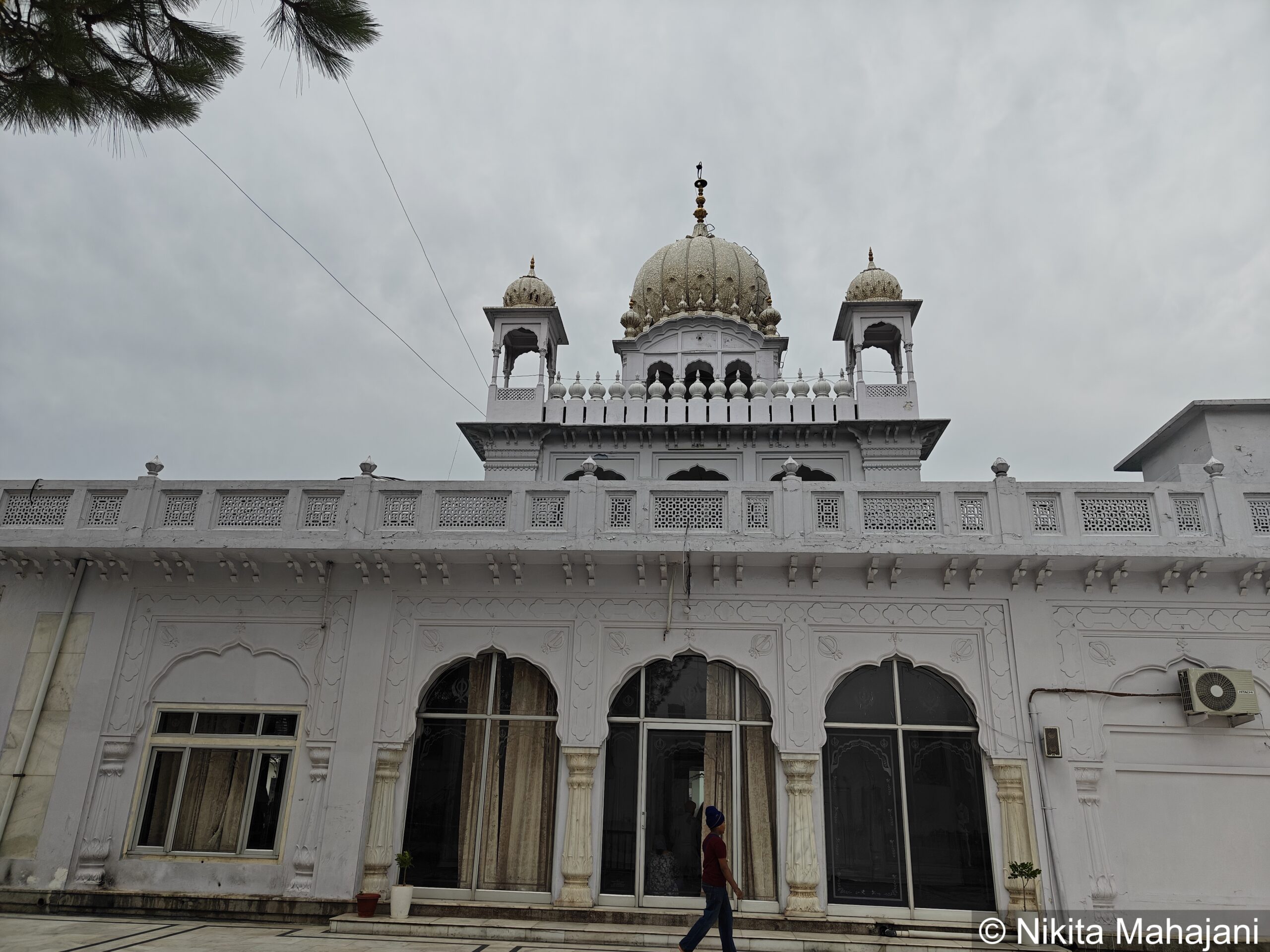
TAKHT SRI KESGARH SAHIB (SRI ANANDPUR SAHIB)
Takhat Sri Kesgarh Sahib is the third takhat out of five takhat of Khalsa Panth. This is the birth place of khalsa Panth. On 1 Vaisakh Samvat 1756 BK (March 30, 1699 A.D.), The Day of Vaisakhi, Dasmesh Pita (Guru Gobind Singh Ji) demanded for the five head (one by one) from huge gathering of sikh sangat. First Bhai Daya Ram (Lahore) offered their head to Guru Sahib. On second time Bhai Dharam Das ji (Hastinapur, Delhi [now in Utter Pardesh]), third time Bhai Himmat Rai (Jagannath-puri [Odissa]), fourth time Bhai Mokham Chand (Dwarka [Gujrat]) & fifth time Bhai Sahib Chand (Bidar, Karnataka) offered their heads to Guru Sahib with great devotion. These five Sikhs were from different castes, region & subcontinental. Guru Sahib ji established them as ‘Panj Pyaarey’ (Five Beloveds) after giving them Nectar (Amrit / Khande Bate Di Pahul) and suffix ‘singh’ with their name and blessing them with:–
ਪੁਰਖ ਕੀ ਅਸਲ ਪਂਥ ਖਾਲਸਾ ਅਕਾਲ ਪੁਰਖ ਕੀ ਫੌਜ ॥
ਖਾਲਸਾ ਪਰਮਾਤਮ ਕੀ ਮੌਜ ॥
(Khalsa is Army of timeless God)
(Khalsa is Army of timeless God)
(Khalsa is sustained by the will of Almighty)
After that, Guru Sahib ji received the nactar (Khande Bate di Pahul / Amrit) from these five beloveds and became Sri Guru Gobind Singh Ji from
Sri Guru Gobind Rai Ji.
“ਵਾਹ ਪੁਰਖੋ ਪਰਮ ਅਨੂਪ ਵਰ ਅਗੰਮ੍ਹਰਾ ਵੇਰੇਅੰਮ ਅਕੇਲਾ”
wah partgato marad aganmhra vareyam akela (That manifested male prophet varyam (brave) alone)
“ਵਾਹ ਵਾਹ ਗੋਬਿੰਦ ਸਿੰਘ ਆਪੇ ਗੁਰ ਚੇਲਾ”
waho waho Gobind Singh ape Gur chela (Hail, Hail Guru) Gobind Singh Ji, he himself, is the Master and Disciple too.
By creating the Khalsa panth, Guru Sahib ji established an ideal human society by eliminating any differences of castes, regions and societal high-low divisions.
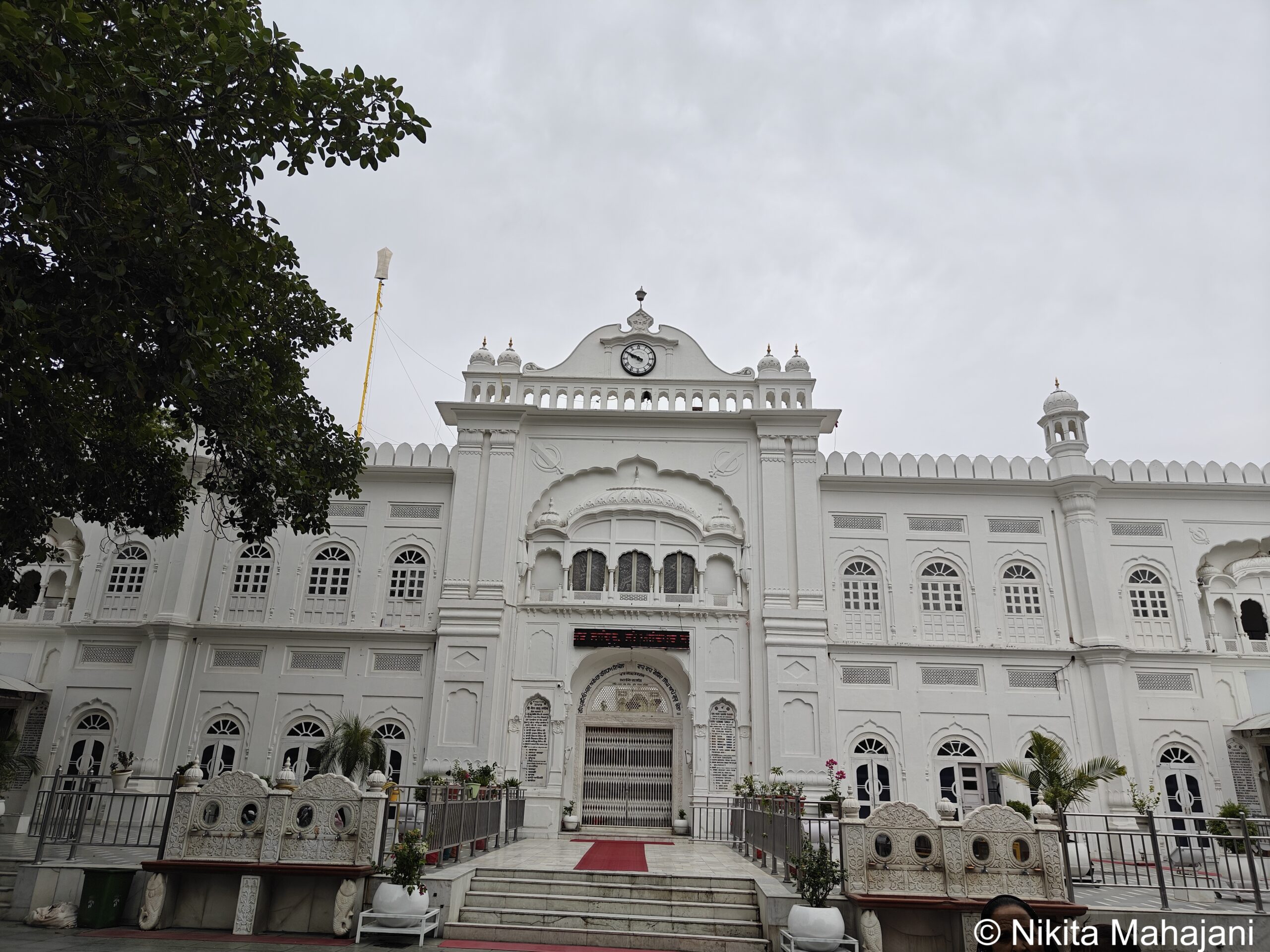
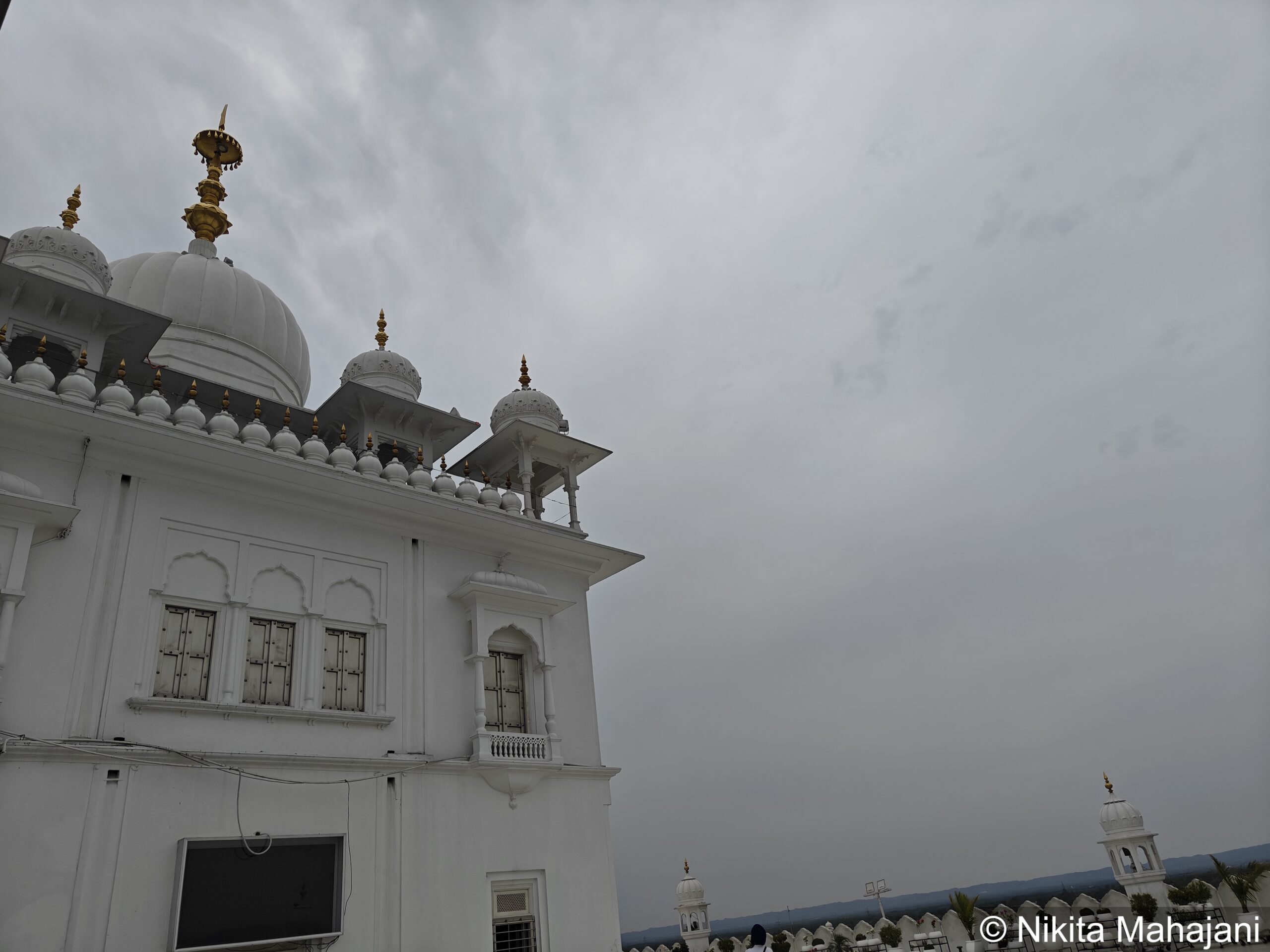
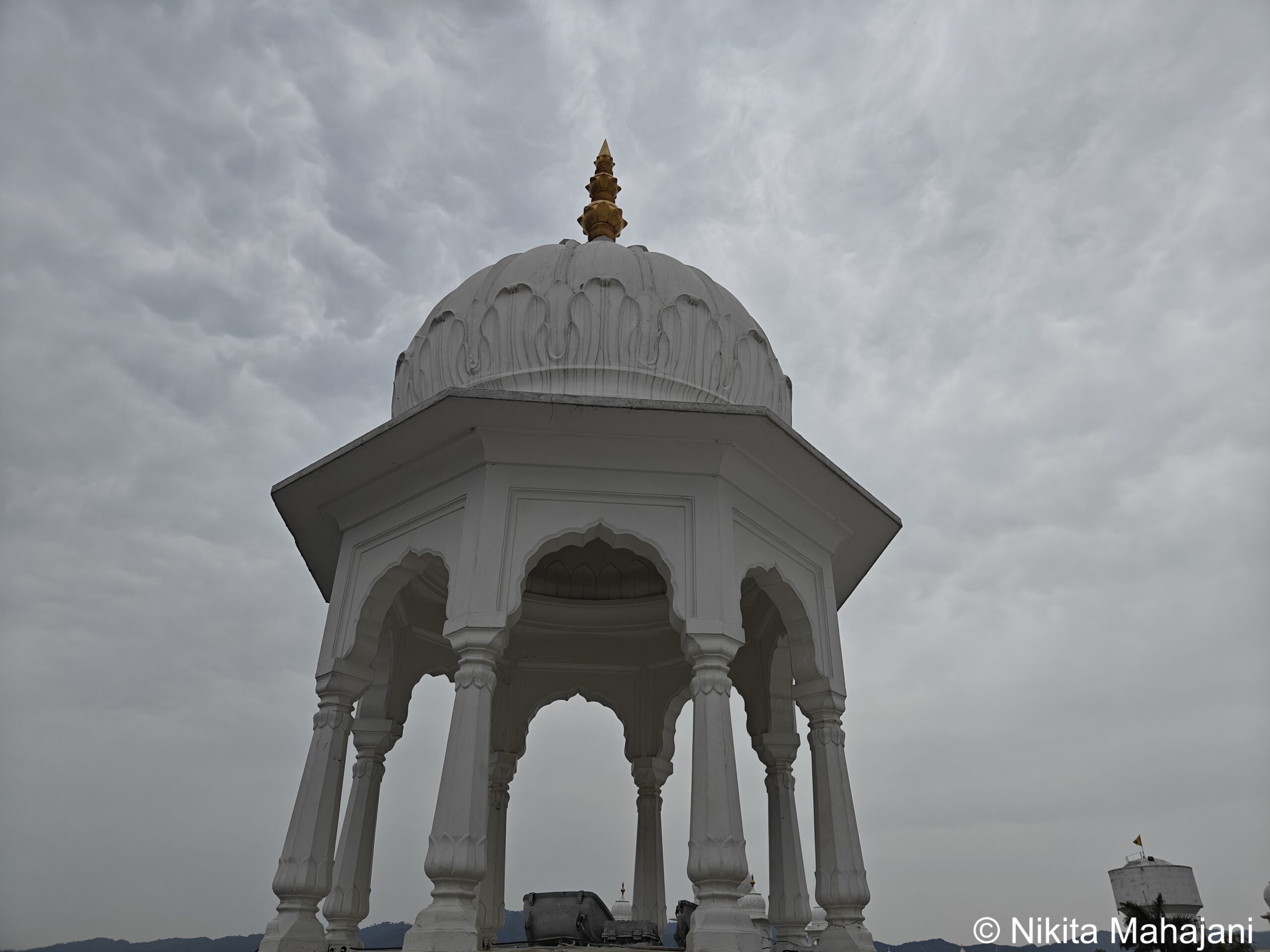
SACRED WEAPONS (ARMS)
The following sacred weapons are adorn at Takhat Sri Kesgarh Sahib:
- Sacred Weapons of Sri Guru Hargobind Sahib Ji: Tegaa (Sword), Kordaa (whip use for horses)
- Sacred Weapons of Sri Guru Teg Bahadur Sahib Ji: Kirpan (Sword)
- Sacred Weapons of Sri Guru Gobind Singh Ji:
- Khanda (Double Edged Sword)
- Kataar (Dagger)
- Naagni Barchhaa (Serpent spear)
- Karpaa Barchaa (Broad Spear)
- Bandook (Muzzle-loaded Musket)
- Saif (Arabic for a Double Edged Straight Sword)
- Shamsheer-E-Teg (Scimitar)
- Daah-E-Ahini Police Arm
- Sunehri Chakar (Golden Iron Circle)
- Dhaal (Shield)
- Wadda Barchha (Big Spear)
- Chhota Barchha (Small Spear)
Three Siri Sahib (Swords), Chola Sahib (Cloak / robe of cloth weared by saints), Dastaar (Head Turban), Kangha (Wooden Comb) and Kes (Sacred Hair), Siri Sahib (wood which is 3.5 inches in length), Teer (Iron arrow), Five arrows with wooden shaft, Spear with wooden handle, Hand written ‘Pothi’ Sahib (Holy scripture)
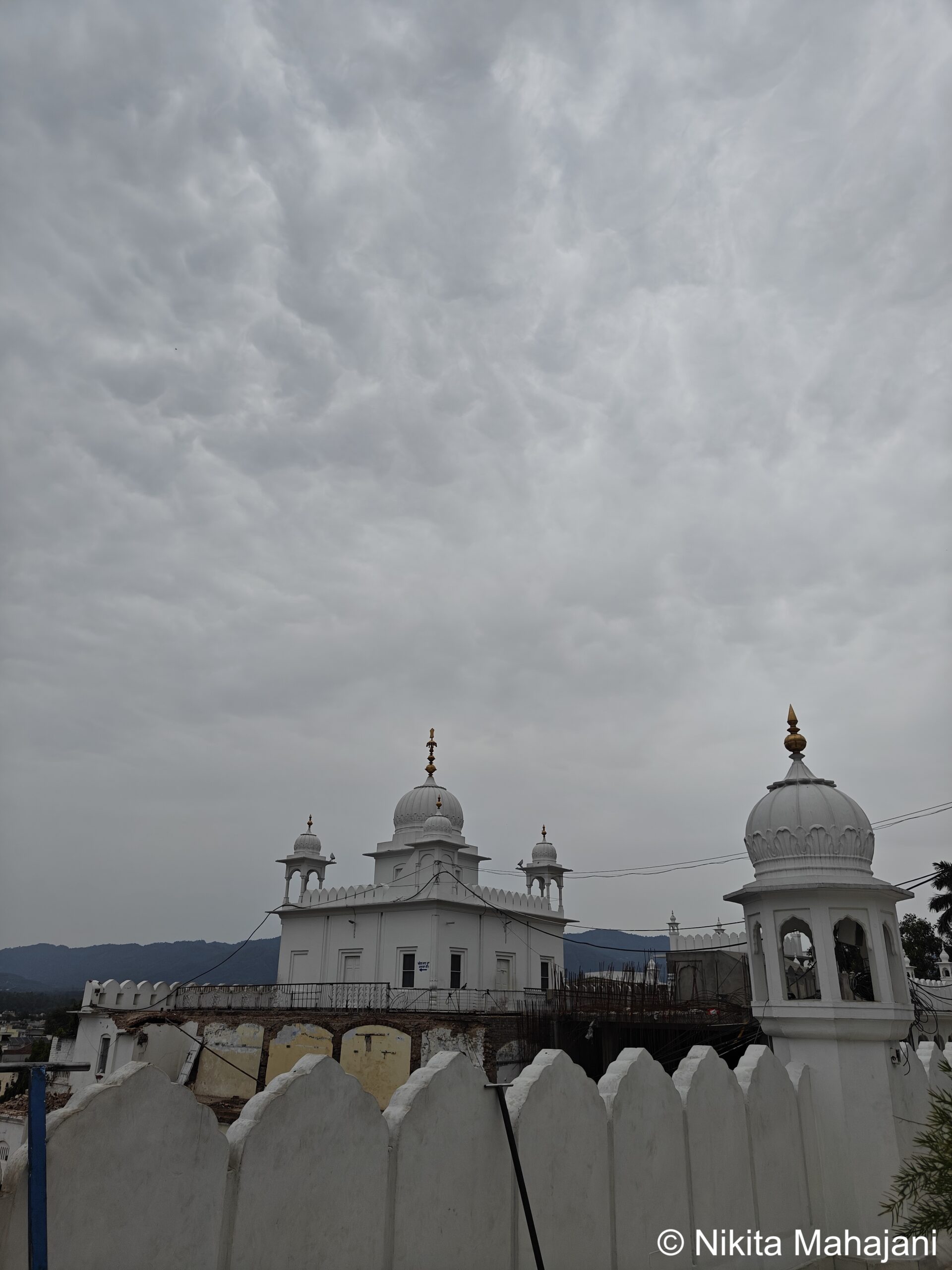
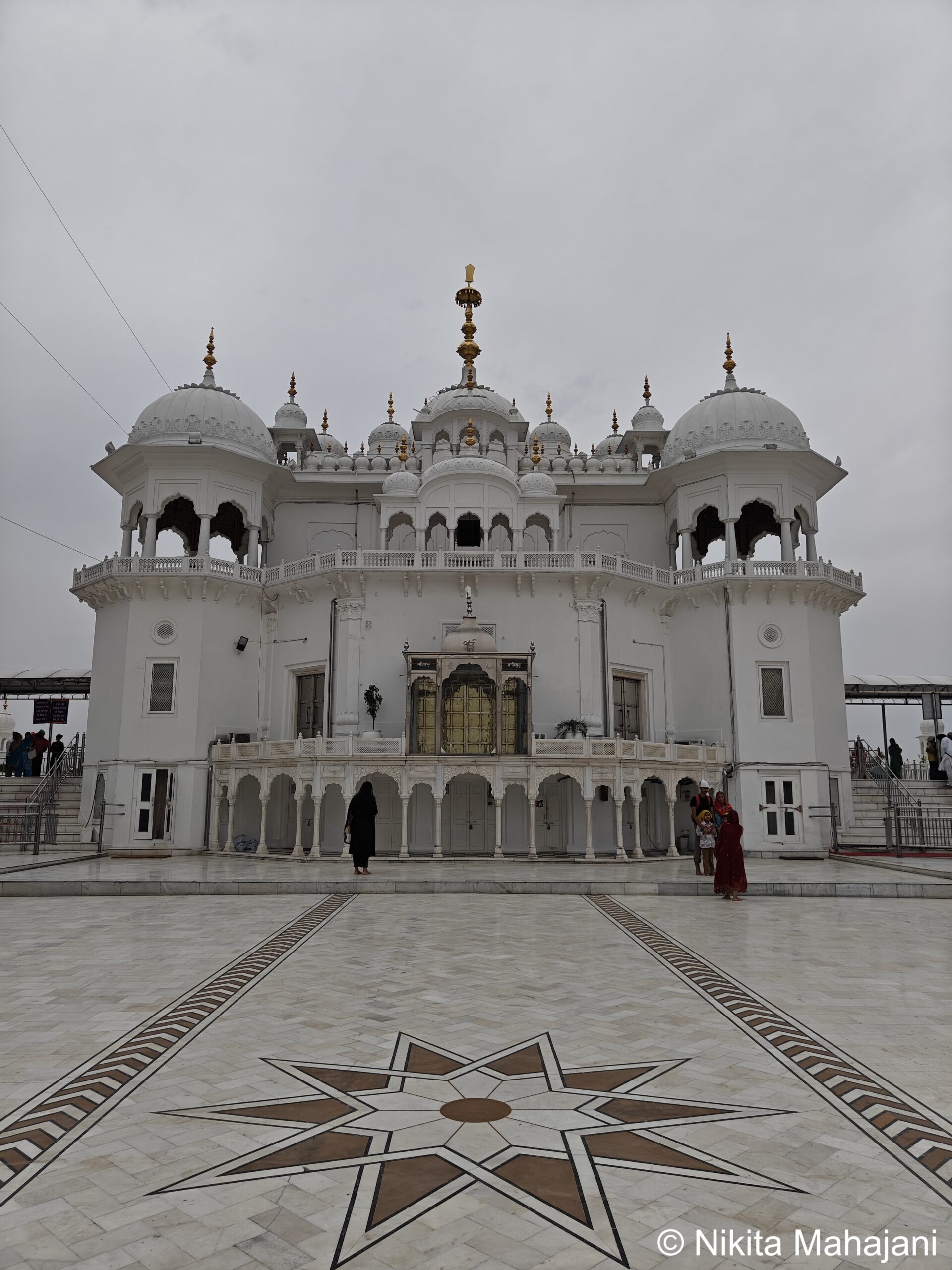
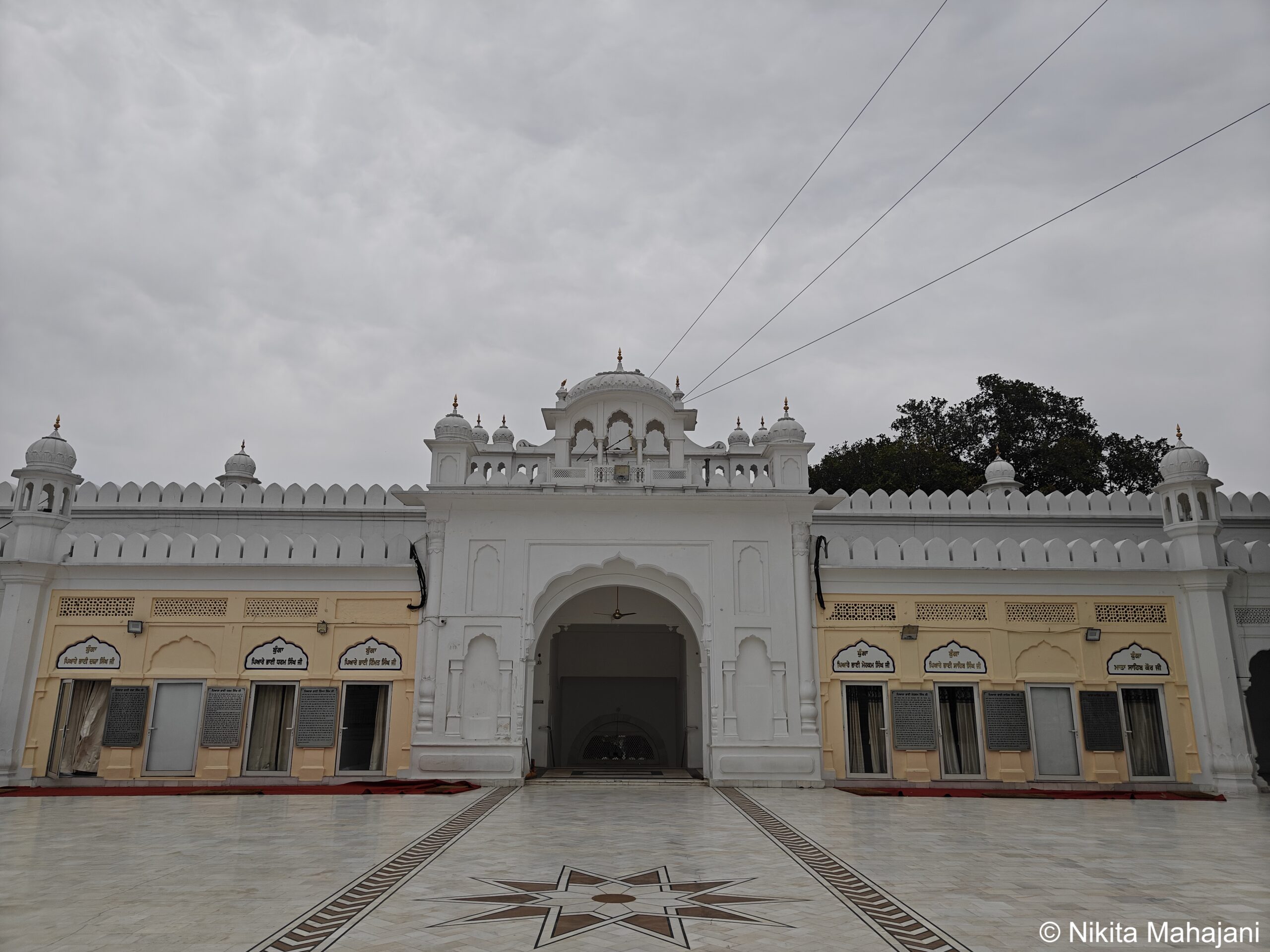
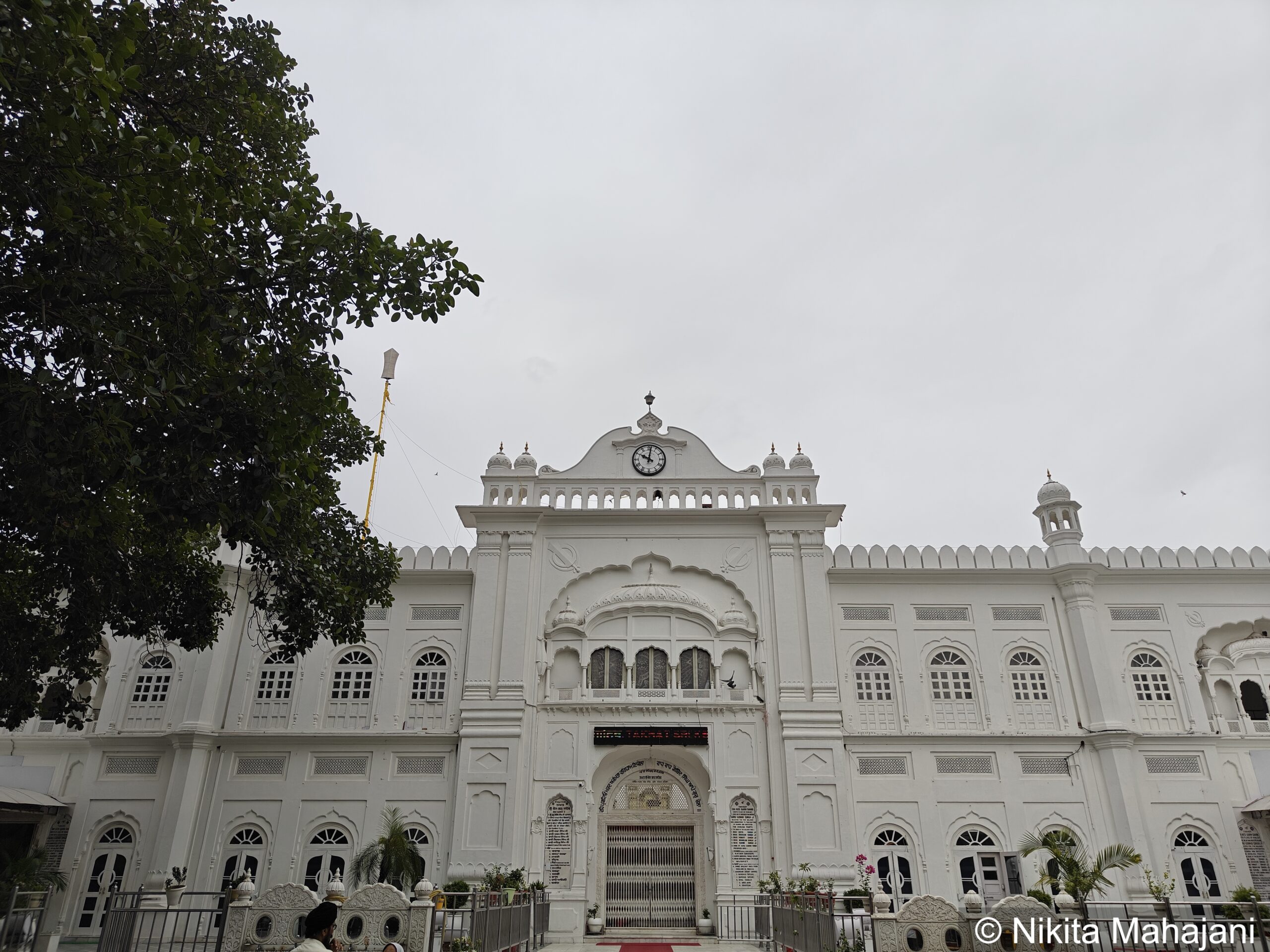
OTHER HISTORICAL GURDWARA SAHIB
There are 39 Gurdwara sahib (located in PB & HP) holding by Takhat Sri kesgarh sahib under the management of SGPC whose historical Description are given at their places.
Main (Other) Historical Gurdwara Sahib in Sri Anandpur Sahib are Gurdwara Guru Ke Mehal (Bhora Sahib), Gurdwara Sri Sis Ganj Sahib.
Main (Other) Historical Gurdwara Sahib in Sri Kiratpur Sahib are Gurdwara Sri Charan-kamal Sahib, Gurdwara Sri Sheesh Mehal Sahib, Gurswara Sri Patalpuri Sahib, Gurdwara Baba Gurditta Ji, Gurdwara Paramvir Vishwaa Sahib (Sarsa-Nangal) etc,
Gurdwara Bibhor sahib (Nangal), Gurdwara Guru Ka Lahore (Himachal Pardesh), etc. The Creation (Birthday) of Khalsa (Vaisakhi) and the reinstallation of Khalsa (Hola-Mohalla) are celebrate at Sri Anandpur Sahib with religious fervor.
After visiting both these Gurudwaras, we came back to Hotel Temple view Inn, checked out and started the sight seeing tour of Anandpur Sahib by car.
FIVE FORTS
Sri Guru Gobind Singh ji fortified the settlement of Sri Anandpur Sahib from external attacks by constructing ‘Five Qilas’ (Five Fortresses) which are:
Fort (Qila) Anandgarh Sahib, Fort (Qila) Lohgarh Sahib, Fort (Qila) Holgarh Sahib, Fort (Qila) Fatehgarh Sahib, Fort (Qila) Taragarh Sahib.
Gurudwara Fort Fatehgarh Sahib (Qila Fatehgarh Sahib)
Gurudwara Fort Fatehgarh Sahib (Qila Fatehgarh Sahib) is a revered and historic site in Sikhism, marking the place where the mother of the tenth Sikh Guru, along with his two younger sons—Baba Zorawar Singh and Baba Fateh Singh—made the ultimate sacrifice while resisting the Mughal Empire.
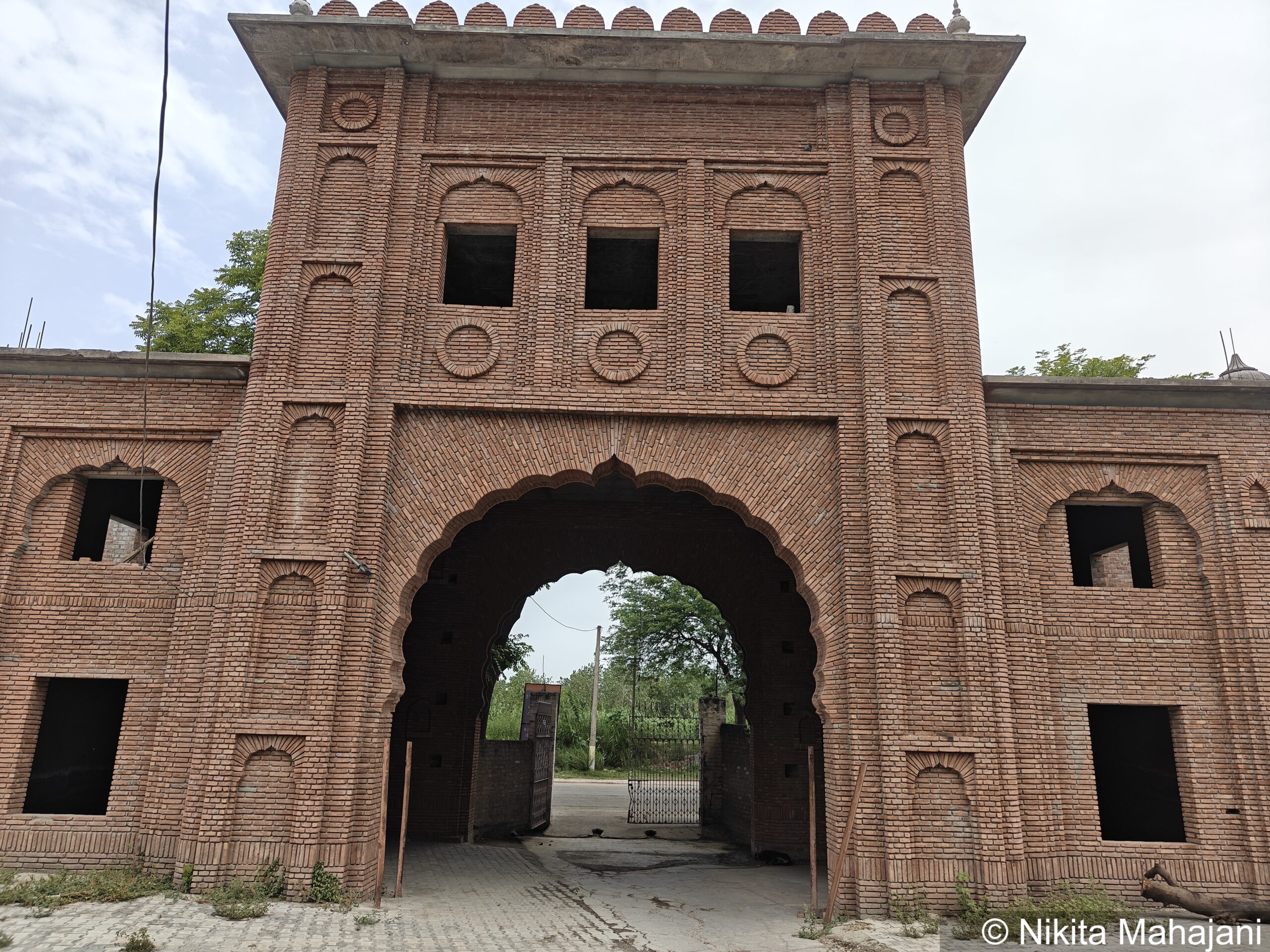
Despite being offered a compromise by Wazir Khan, the Mughal governor, they stood firm in their faith and refused to surrender. On the cold night before their martyrdom, the children were held without any blankets or warmth. The next morning, between 11 a.m. and 12 p.m., the two young sons were bricked alive into a wall, and later, their heads were severed. This tragic event took place on 28th December, a day now observed as one of the most sorrowful in Sikh history.
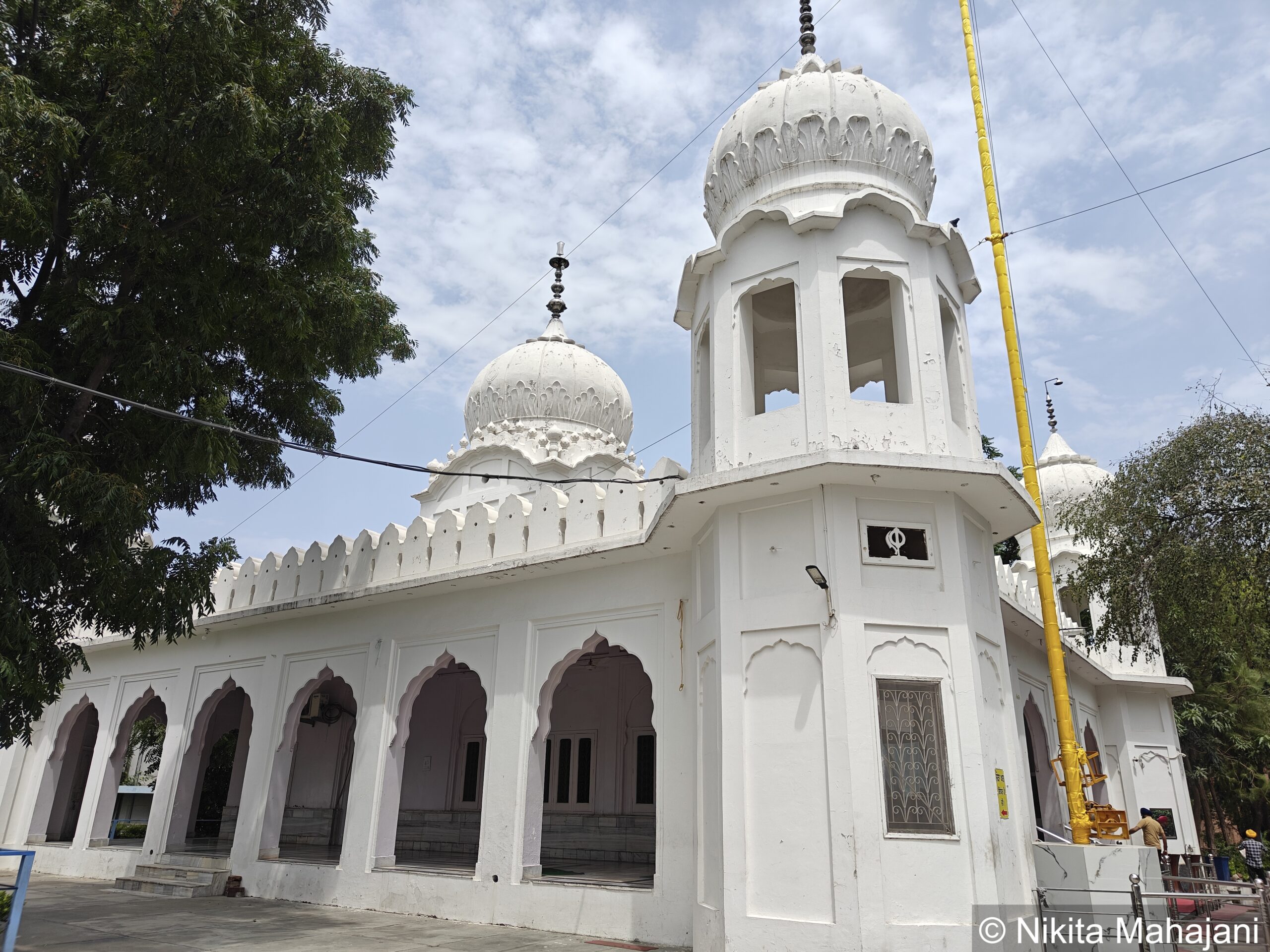
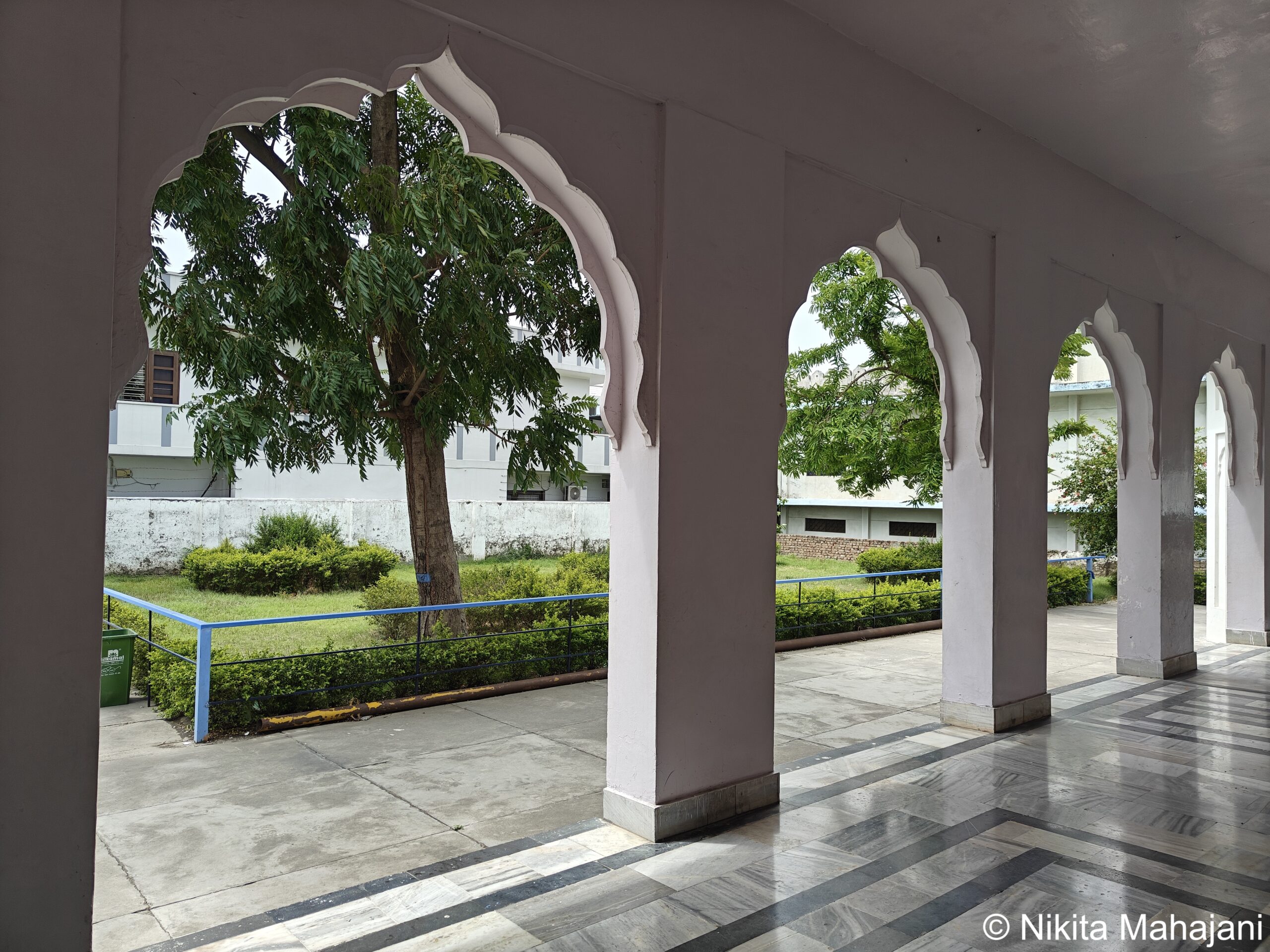
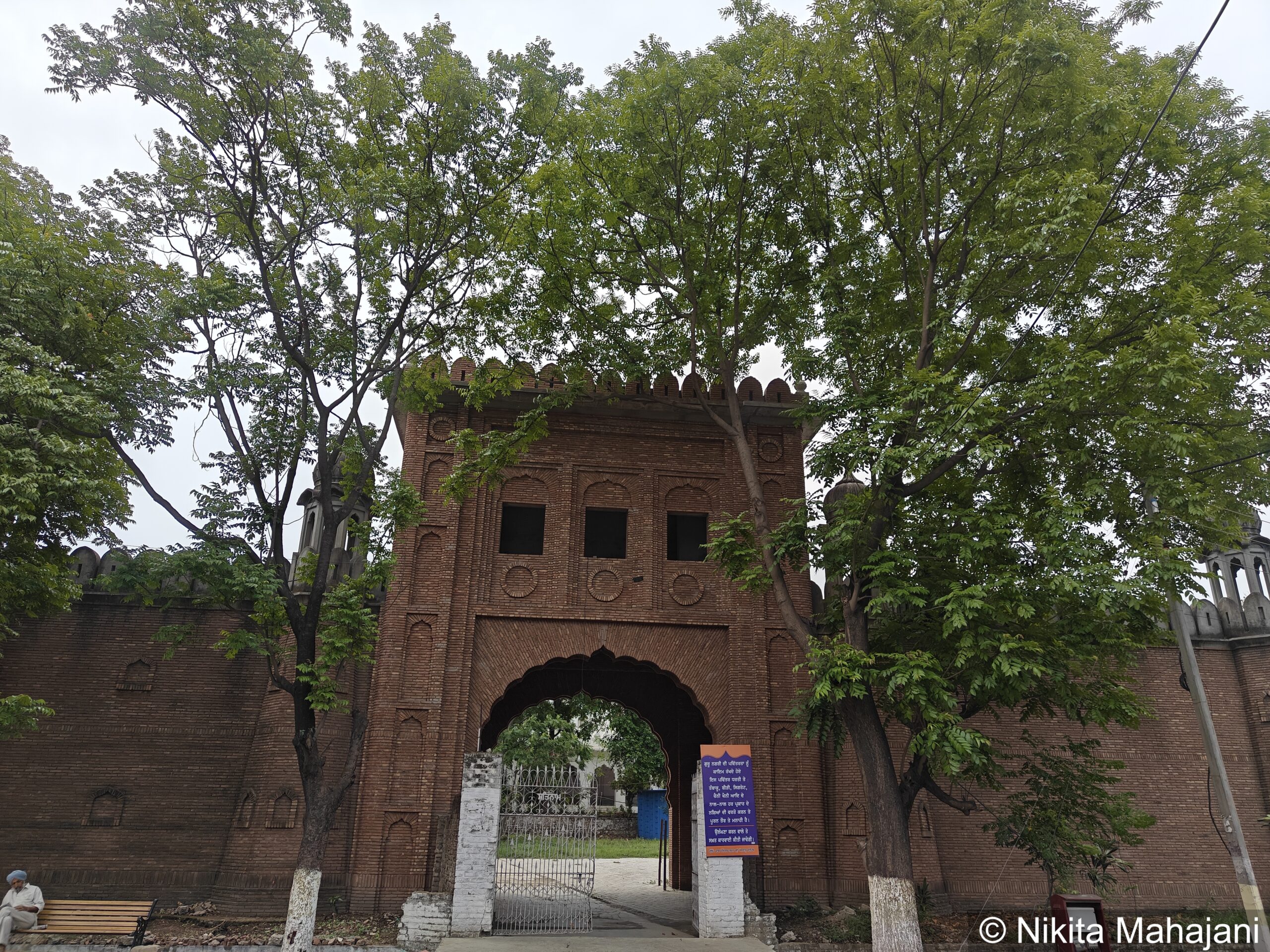
Gurudwara Sahib Qila Lohgarh Sahib Ji
Gurudwara Sahib Qila Lohgarh Sahib Ji is a must-visit site, especially to honor the bravery of Bhai Bachittar Singh Ji, a devoted warrior of Sri Guru Gobind Singh Ji. This fort holds historical significance as it was a key defense point when the hill chiefs allied with the Mughal forces attempted to seize Sri Anandpur Sahib.
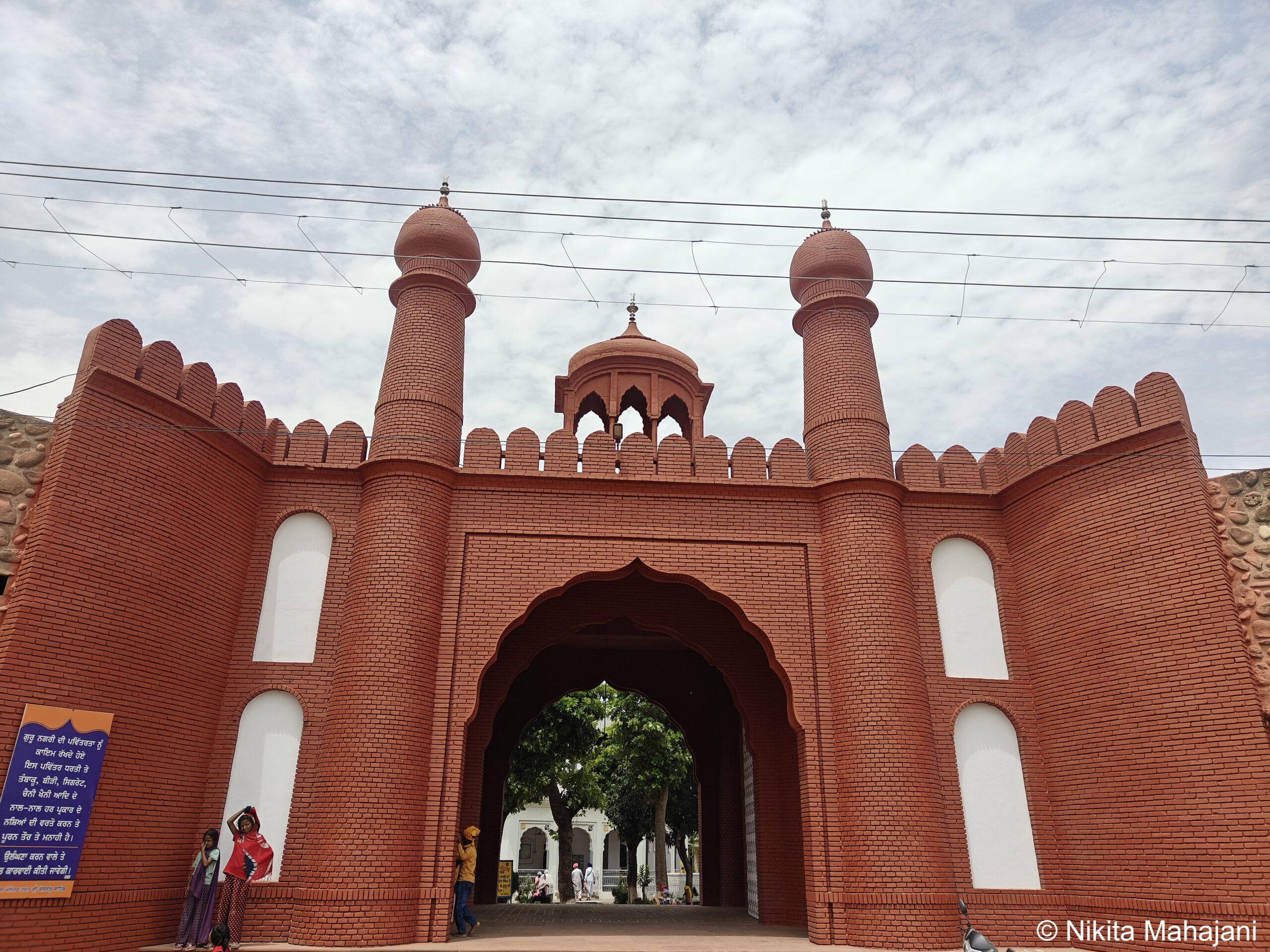
To breach the massive gates of Lohgarh Fort, the enemy brought forth a war elephant, intoxicated and armored with steel plates on its head and body. Guru Gobind Singh Ji entrusted Bhai Bachittar Singh Ji with the task of stopping the beast. Rising to the challenge, he wielded a special weapon known as the Nagni Barcha (serpent spear), piercing the elephant’s steel armor and injuring its head. The elephant turned in panic and charged back into its own ranks, causing chaos. Bhai Bachittar Singh Ji successfully carried out the mission, showcasing extraordinary courage and loyalty.
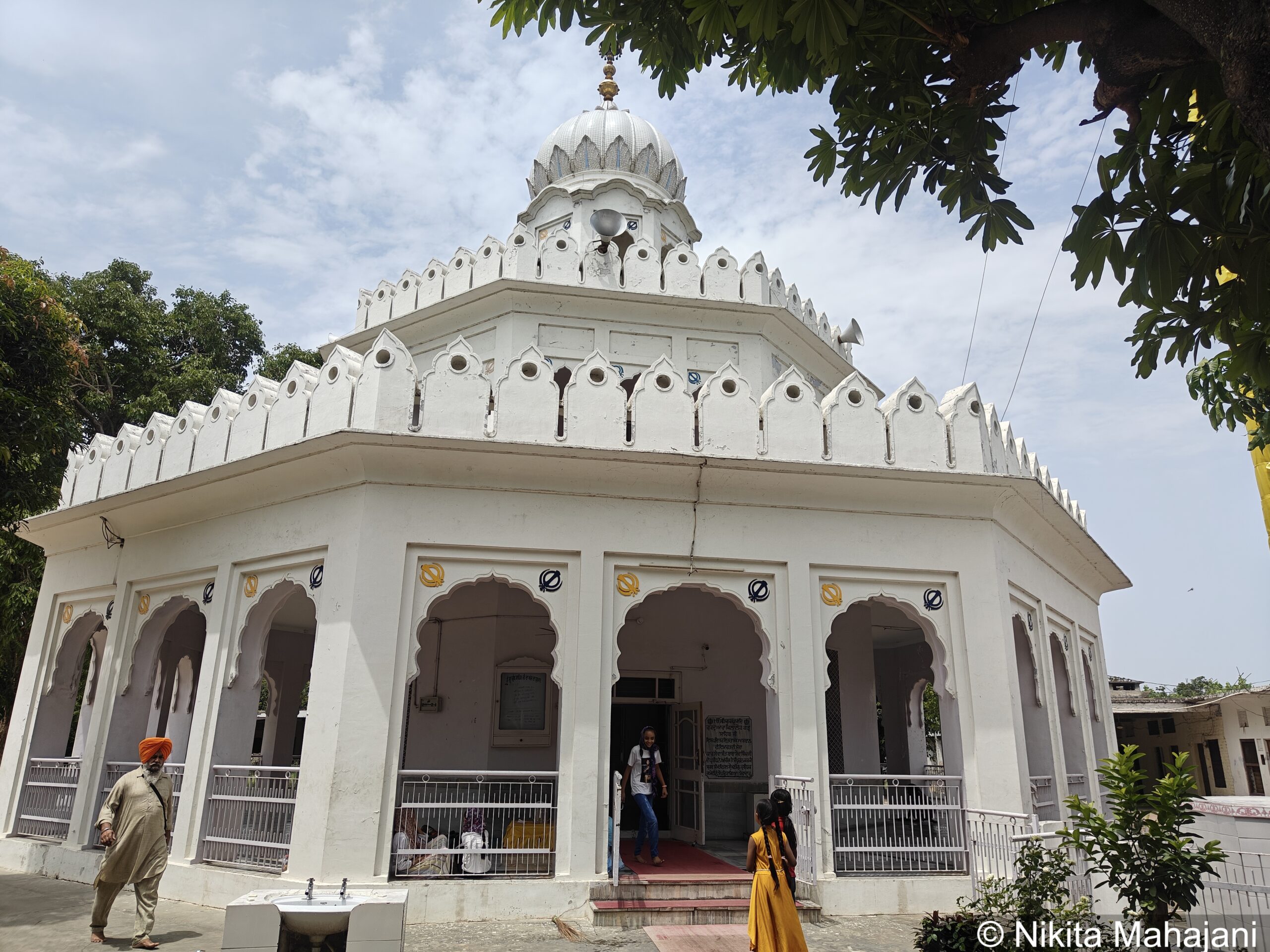
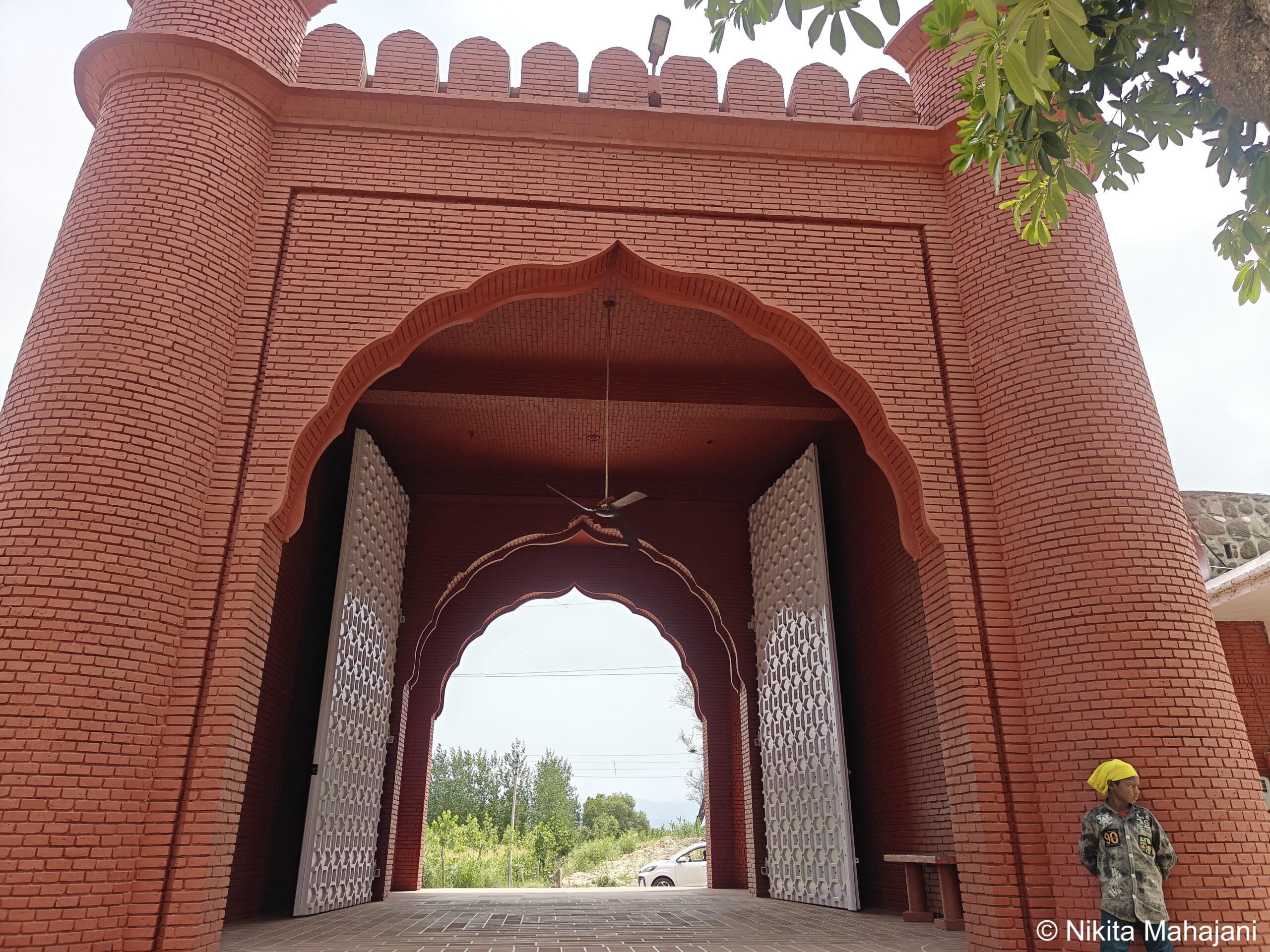
Virasat-E-Khalsa
Initiated in 1999 to mark 300 years since the founding of the Khalsa Panth by Guru Gobind Singh, the Virasat-E-Khalsa in Anandpur Sahib stands as a powerful tribute to Sikh history and identity. Spanning over 6,500 square metres, this newly inaugurated museum blends handcrafted artefacts with cutting-edge technology to narrate the vibrant story of Punjab and Sikhism. Designed by renowned Israeli-Canadian architect Moshe Safdie, it is the world’s first museum of this scale dedicated to a single community, envisioned as the largest cultural and historical centre of its kind globally.
The complex is divided into two interconnected zones. The western section serves as the main entrance and connects to the eastern section via a 165-metre pedestrian bridge. A serene series of reflecting pools stretches between them, flanked by arcaded pathways and landscaped gardens. Visitors can also find public amenities and a café situated beneath the bridge.
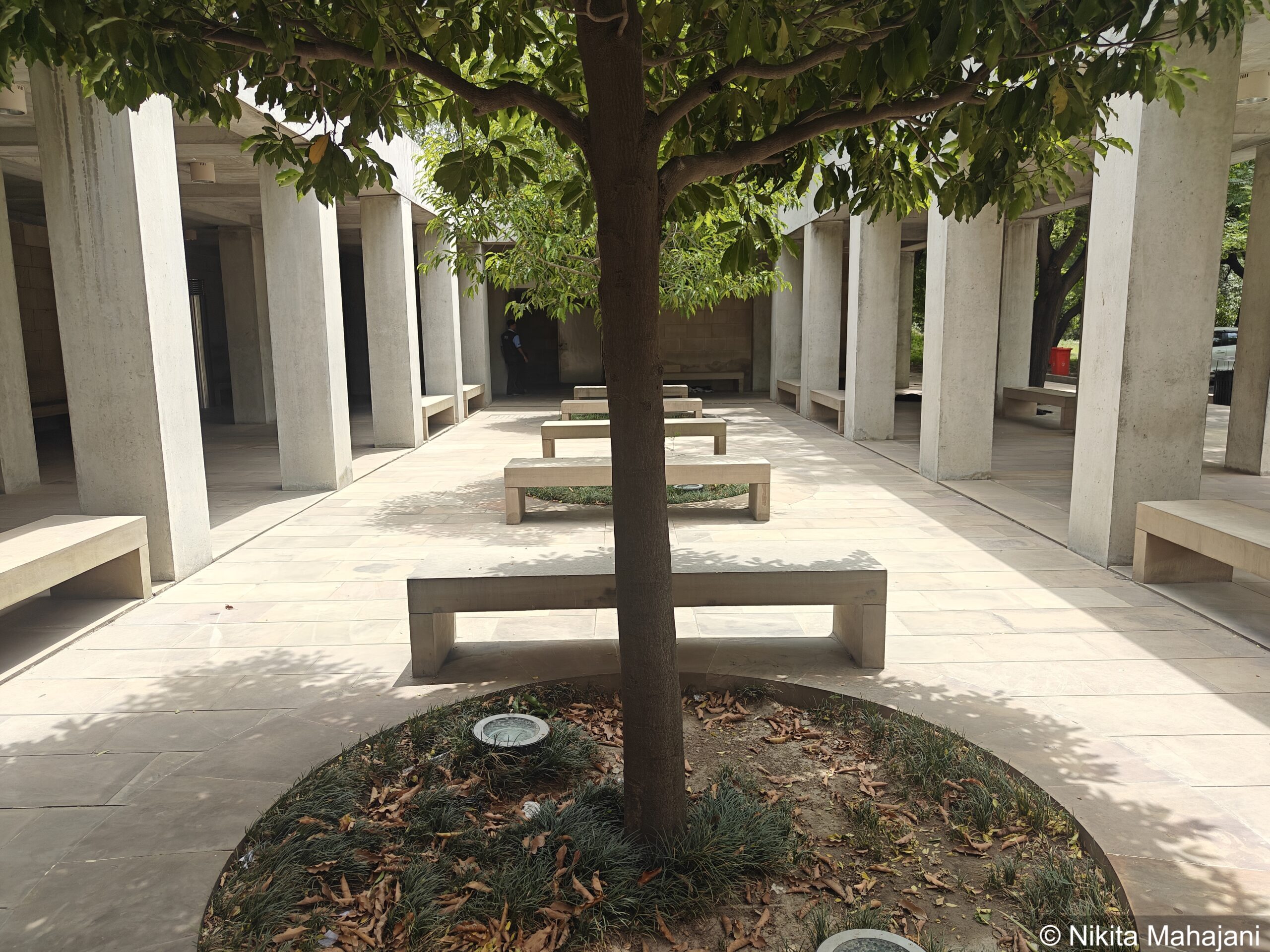
This museum offers more than just a display of artefacts — it’s a deeply immersive journey through the vibrant history and heritage of the Sikh community. Designed to both inform and captivate, the layout of the museum thoughtfully guides visitors through a series of exhibits, each narrating a powerful story. Advanced multimedia installations, interactive features, and striking visuals breathe life into historical events, making the experience both enlightening and engaging. The galleries provide a vivid exploration of Guru Nanak Dev Ji’s life and other significant milestones in Sikh history.
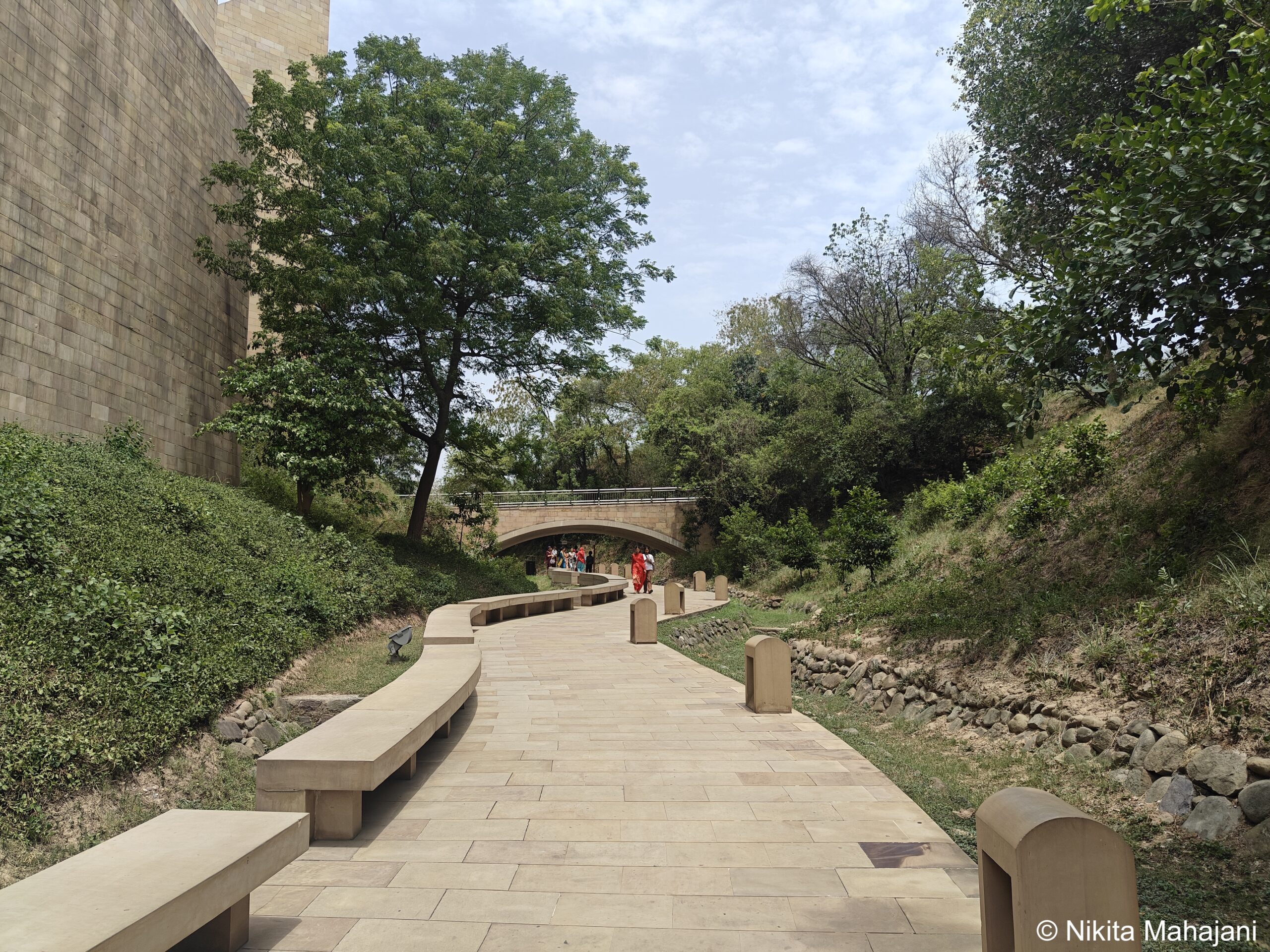
While entry is free and mobile phones are permitted, photography inside the museum is strictly prohibited — a rule that, in many ways, enhances the experience by encouraging visitors to stay fully engaged and in the moment.
Originally named the Khalsa Heritage Complex, Virasat-E-Khalsa is an architectural and cultural marvel that pays homage to the profound journey of the Sikh people and Punjab’s rich legacy. It encapsulates the powerful message of truth, courage, and spiritual depth conveyed by the Sikh Gurus, all within a structure of remarkable elegance and symbolism.
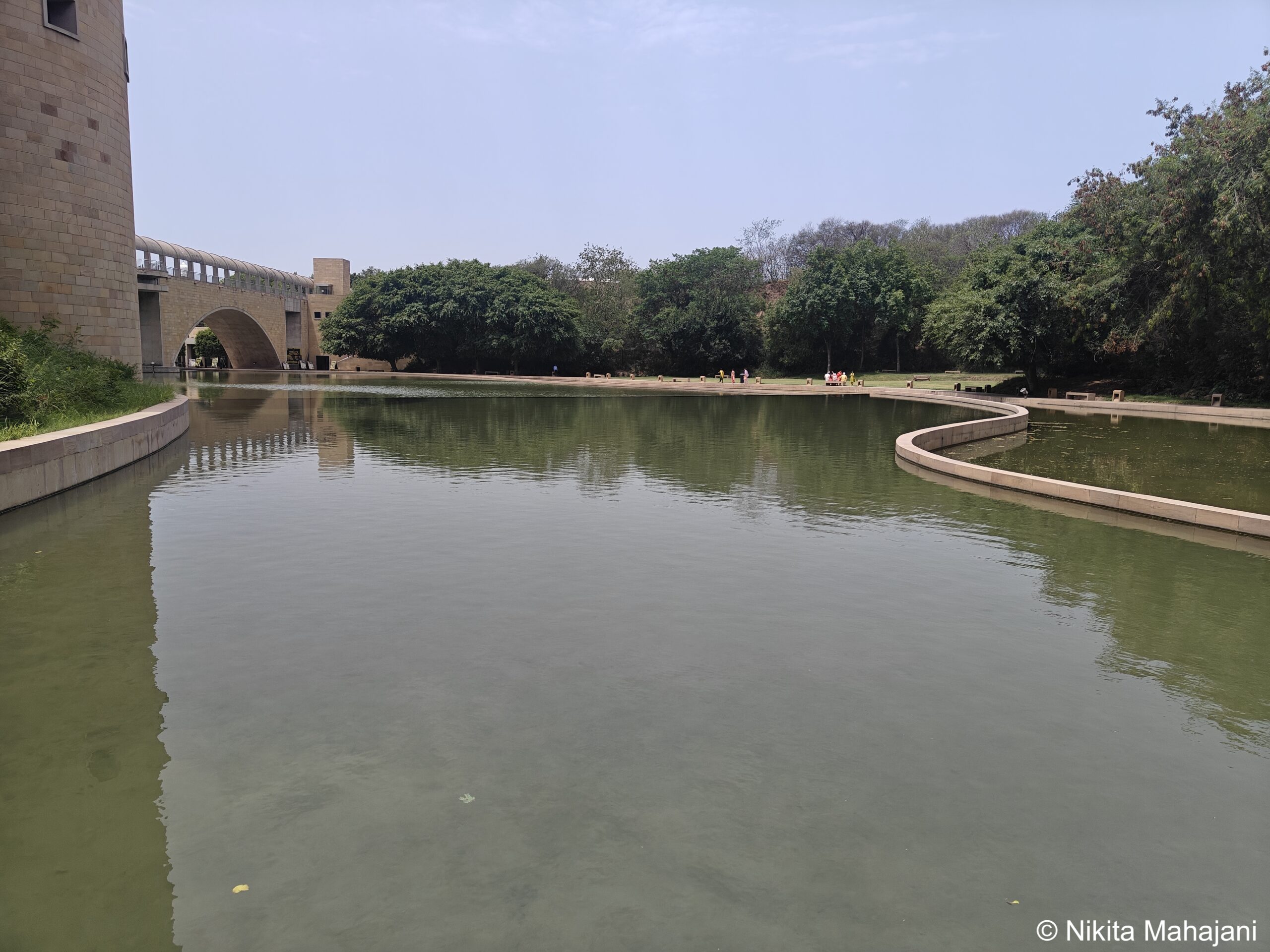
From afar, the museum resembles a blooming lotus with five petals, symbolizing purity and harmony. The design features grand arches, pedestrian bridges, column-lined corridors, and tranquil water features across a sprawling 100-acre site. Inside, the galleries take visitors through the evolution of Sikhism via immersive multimedia displays, murals, and artefacts.
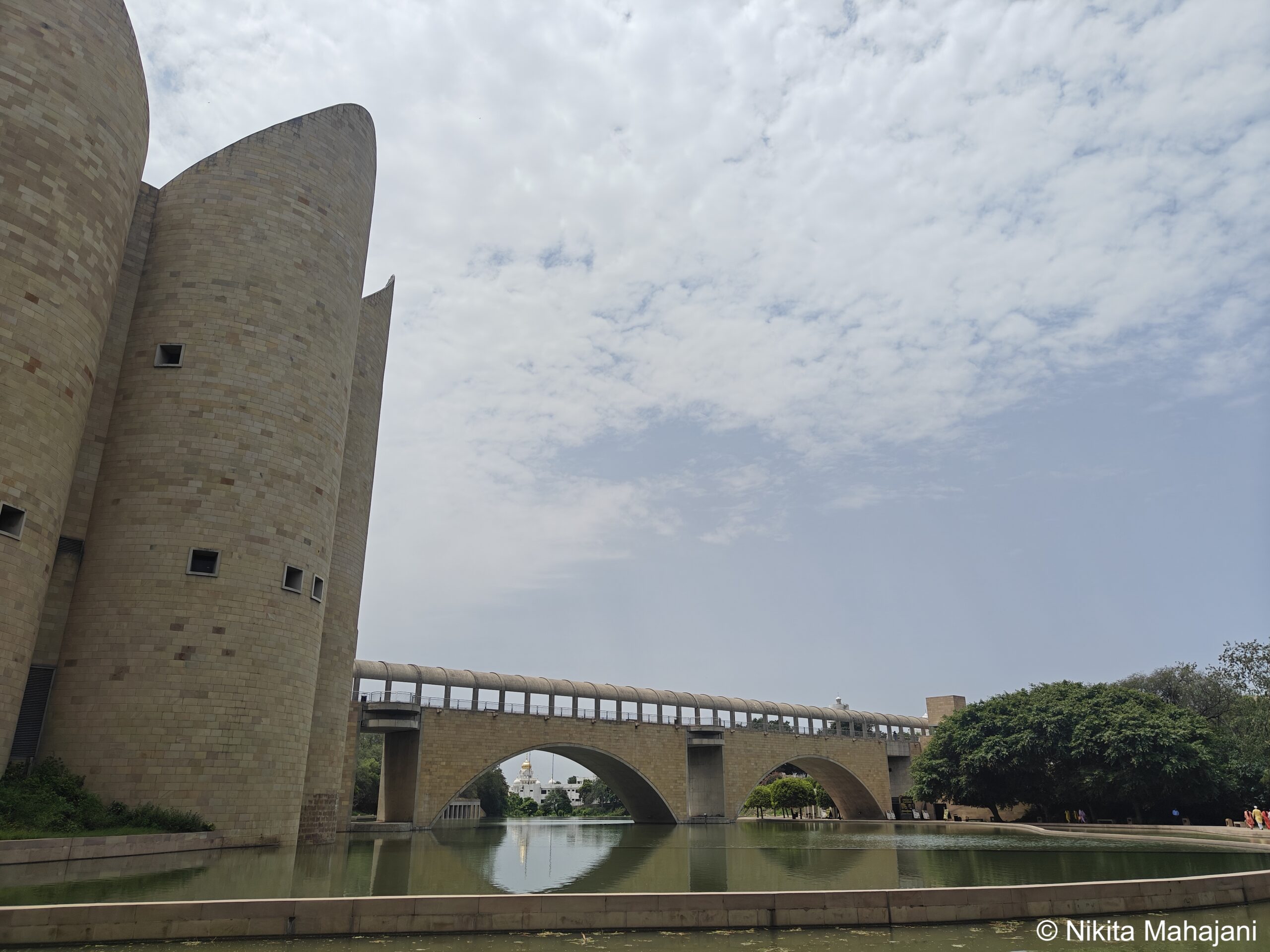
The journey begins with a striking three-storey mural on a curved wall called Panj Pani, depicting the vibrant everyday life of Punjab—its festivals, streets, and natural beauty. Other galleries explore 15th-century Punjab and introduce the foundational Sikh concept of Ik Onkar (One God). Subsequent exhibits detail the lives and teachings of the Sikh Gurus and the faith’s development over time. The museum also showcases traditional crafts like textile art, marble inlay, paper craft, and leather puppetry.
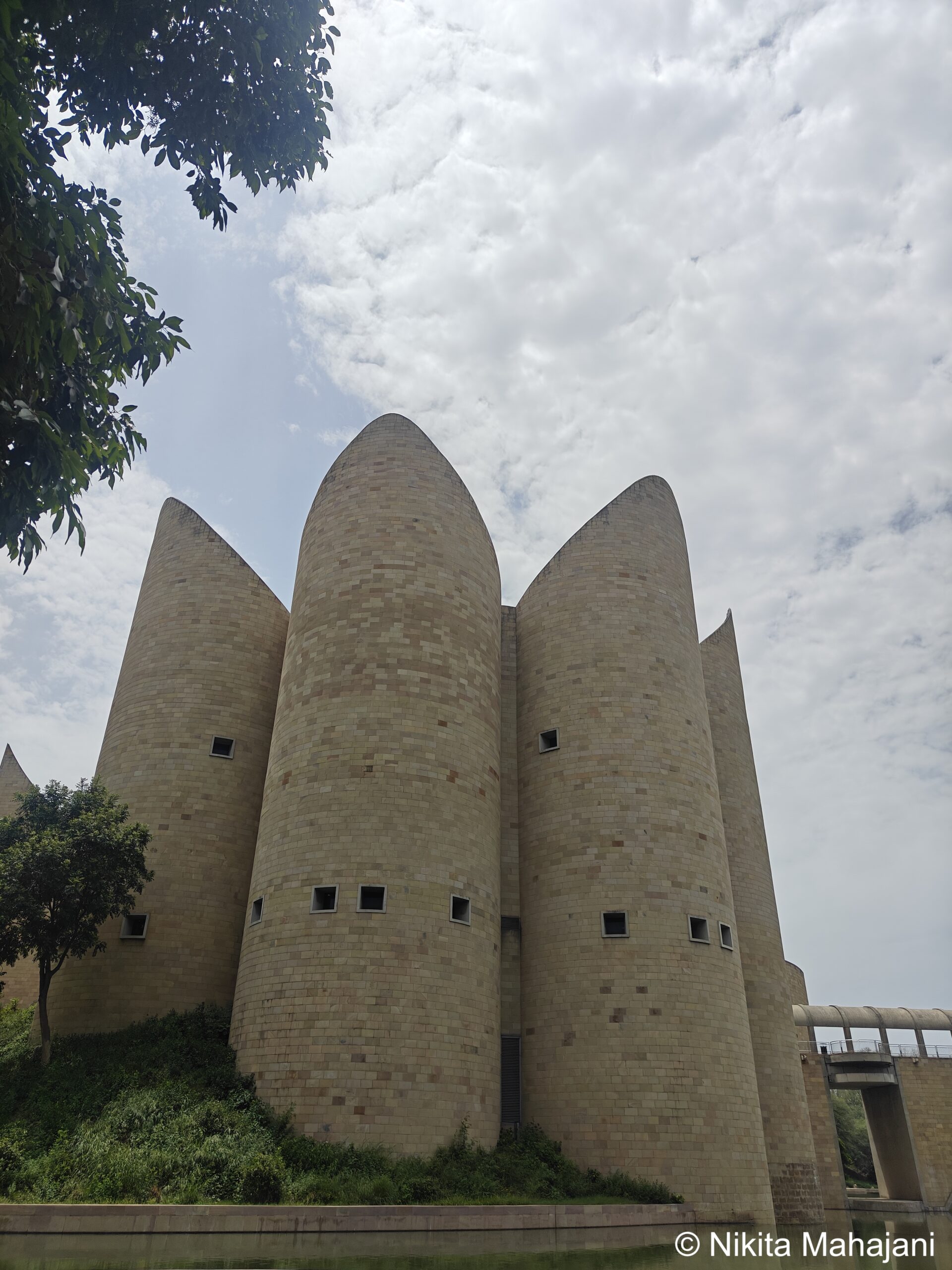
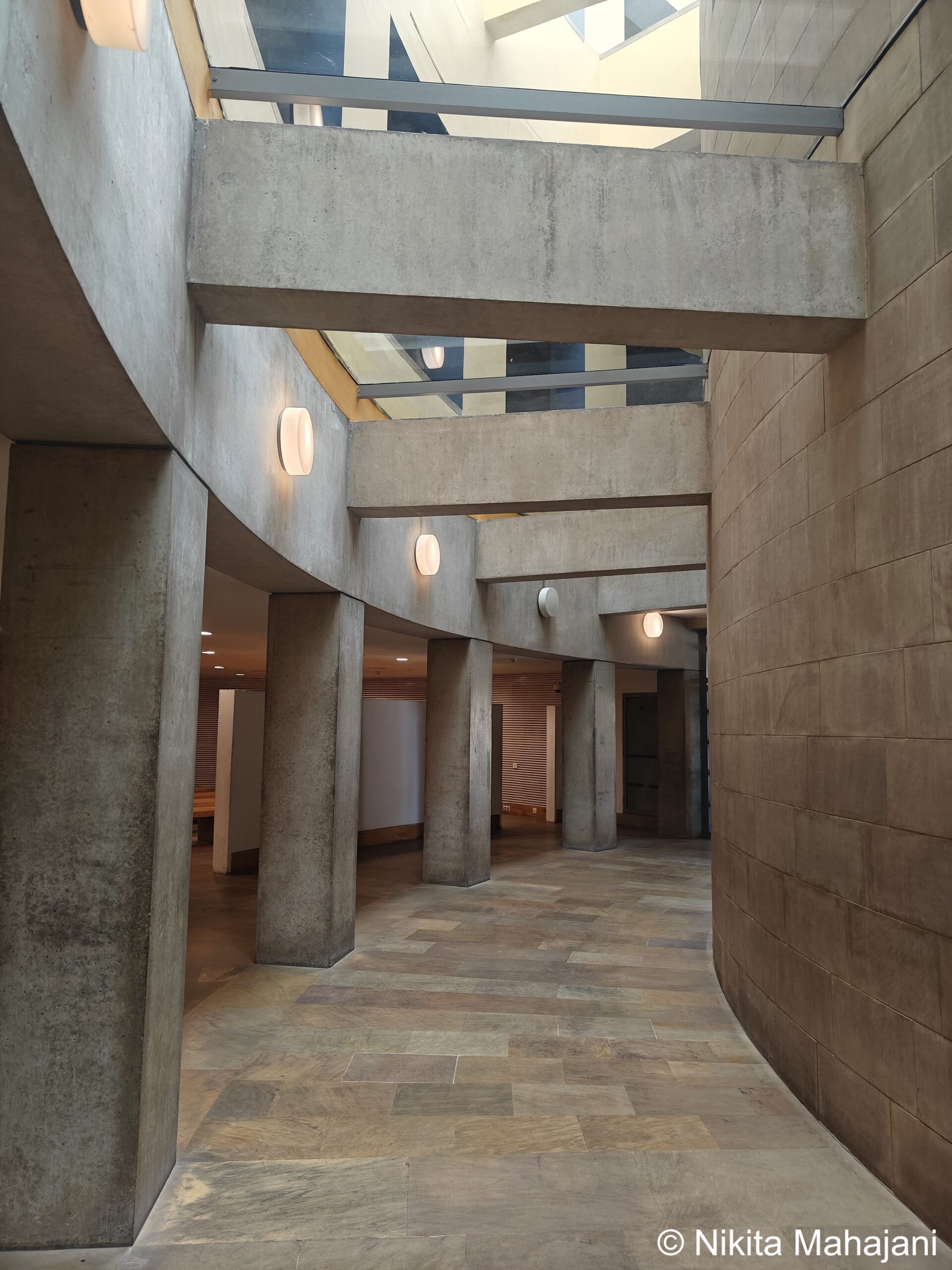
To enhance the visitor experience, audio guides voiced by well-known personalities such as Kabir Bedi, Divya Dutta, and Surjit Patar are available in three languages. The complex also includes a café, an auditorium, and an open-air amphitheatre, making it both an educational and enriching cultural destination.
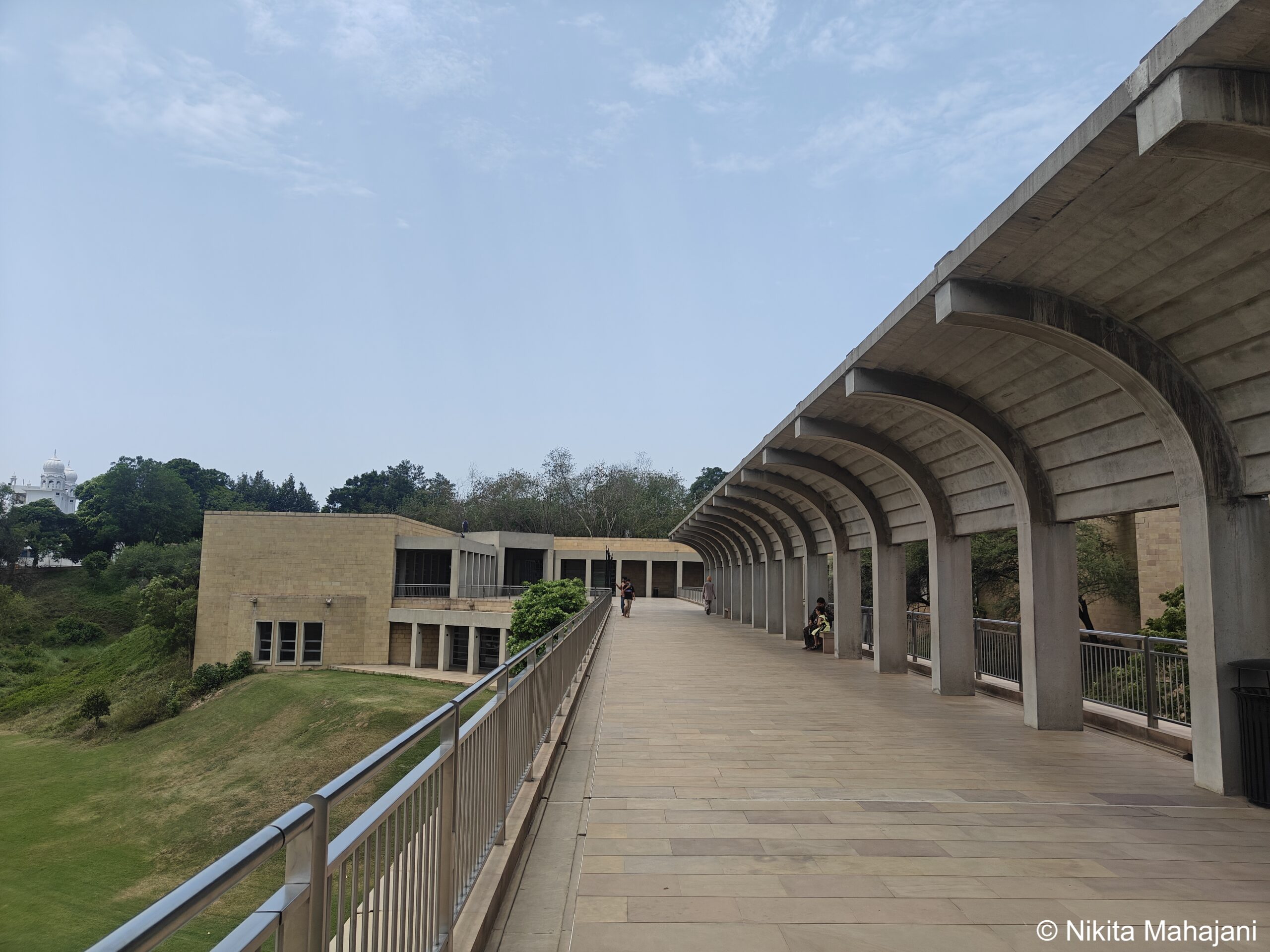
After spending a couple of hours at Virasat-E-Khalsa, we started the journey to Chandigarh. on the way, we stopped at Alpine Dhaba, Bharatgarh for lunch.
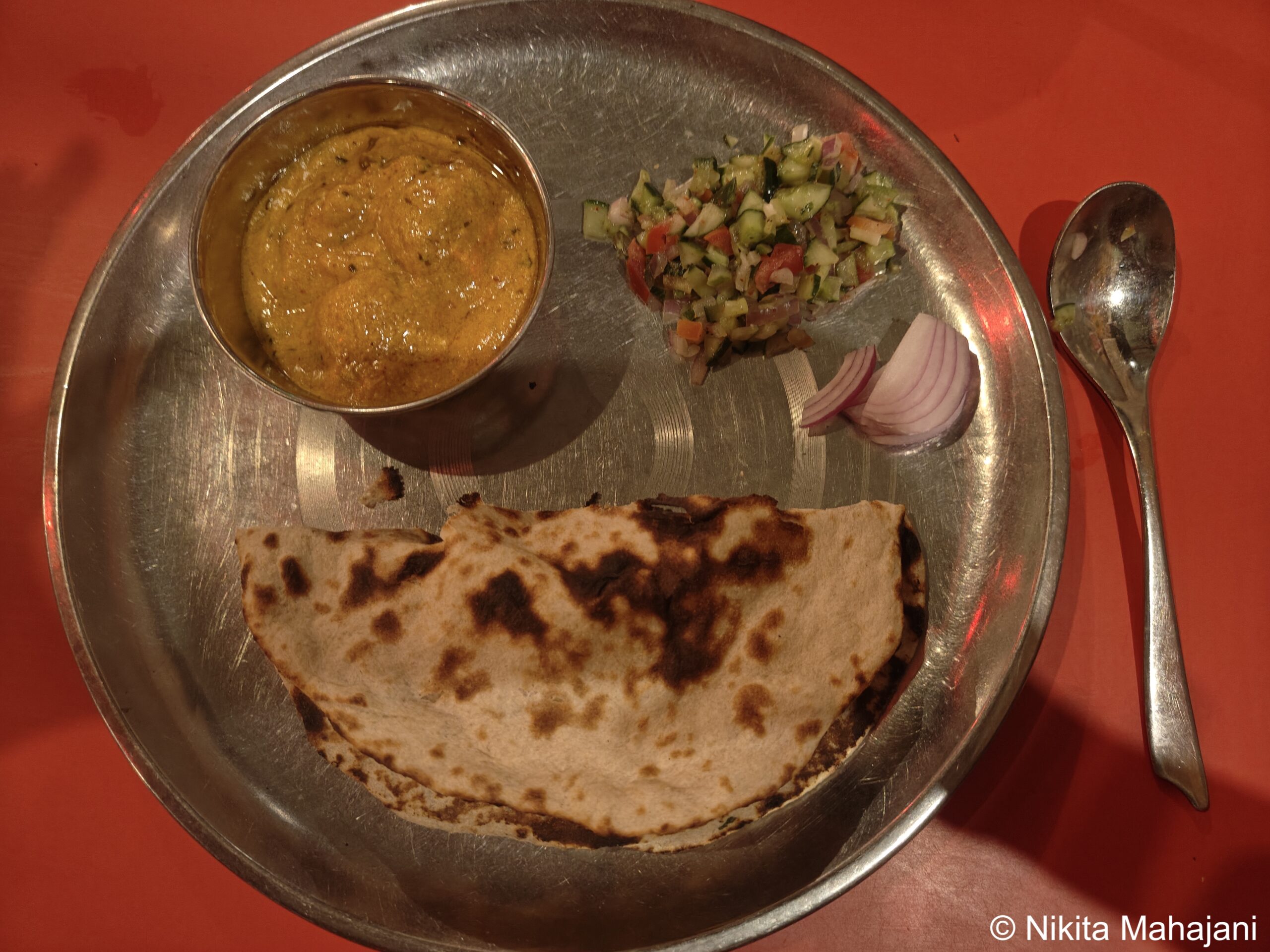
We reached Chandigarh in the late afternoon and checked in Hotel Fern Residency, Chandigarh.
To read the next blog on Day 07, 08 & 09: Chandigarh, click here.
Where did we eat ?
Hotel Temple View Inn, Anandpur Sahib.
Khalsa Punjabi Dhaba, Anandpur Sahib.
Alpine Dhaba, Bharatgarh.
